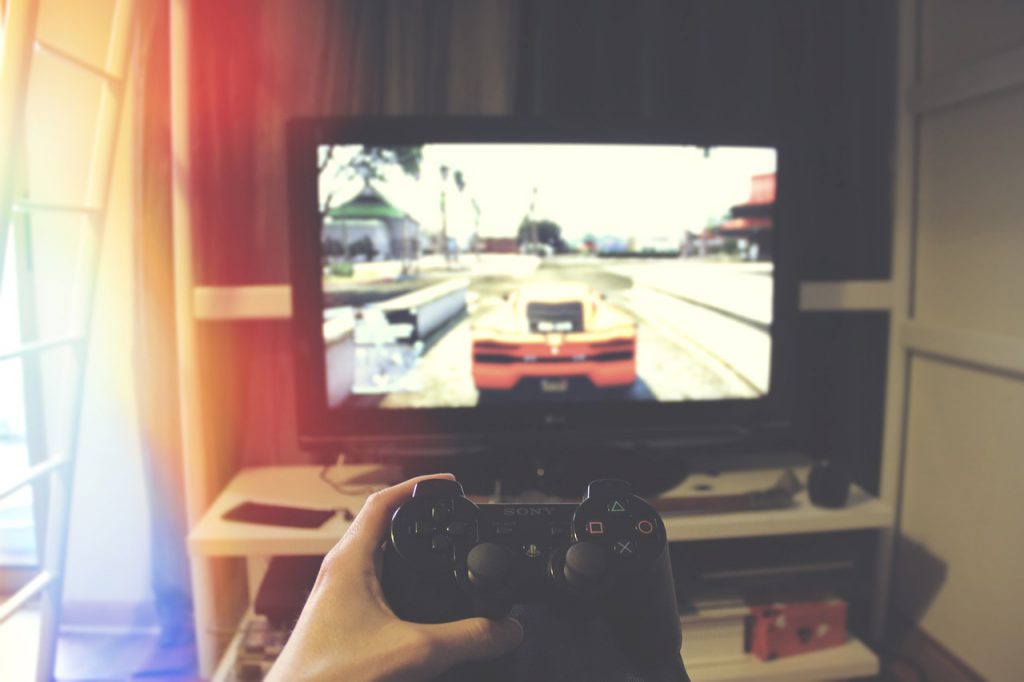Are you concerned about the amount of screen time your kids get? If so, it’s likely you’ve read articles quoting a recommended 2 hour daily limit on kids screen time from the American Academy of Pediatrics (AAP). It’s not a bad place to start, but that recommendation was released in 2013. Since then the AAP has made a couple of significant revisions to those recommendations.
Today the AAP announced new screen time guidelines and they can only be described as their most nuanced yet. The new advice recognises both a difference between good and bad quality screen time and the individual nature of children’s requirements. To that end, along with their recommendations they’ve also released a tool for planning and visualising children’s screen usage.
Making space for everything
One of the most significant changes in the recommendations is a shift in emphasis. Instead of focussing on a specific amount of screen time that should not be exceeded, the guidelines (and the family media planning tool) emphasise the other activities healthy children ought to be engaged in. This is most visually represented in their media time calculator tool, where time not assigned to other activities is automatically labelled screen time. As you add time to other daily activities (like school, homework, meals, etc.) the available screen time is reduced.
I found that once I’d filled it in with the activities of a typical school day routine, I was left with 2 and a half hours of potential screen time. It’s not far off the original, 2013 recommendation, but arrived at via the much more positive angle of what kids are or ought to be doing and accepting time left over as being potentially for use with screens.
Balance
Throughout the recommendations, balance is seen as key. Screen time can be ok and even healthy, so long as it doesn’t replace other healthy habits including face to face communication, physical exercise and regular sleeping patterns.
Quality over quantity
Following on from their 2015 symposium take aways, the AAP continued to affirm the importance of high quality programming and media content. They recommend “Organizations like Common Sense Media” as helpful tools for assessing the quality of content and highlighted PBS and Sesame Workshop as examples of high quality content producers.
Younger kids
For under 2’s the AAP maintains their position that screens aren’t a good idea at all (with the exception of video calling eg. to maintain family ties). For 2 to 5 year old’s 1 hour of high quality, co-viewing a day is suggested as a limit.
What next?
So what is it that we need to actually do, as parents, to take advantage of this latest advice and foster healthy attitudes to screen time in our kids?
First of all, use the tools the AAP have created for assessing and thinking about how screen time is used in your house. You could even go through the family media plan together with your kids and use it as a way of talking very specifically about acceptable screen time practices.
Second, look at the sorts of content your kids are viewing now. If you think it needs to change, check out Common Sense Media’s extensive film, TV, app and site reviews so that you can come in suggesting positive alternatives rather than simply issuing bans.
Thirdly, once you’ve decided when it’s ok for your kids to use their devices and what you’re happy for them to be watching and using, you’ll need to find a way to make those decisions stick! Different strategies will be appropriate for different families and ages of children. You know your kids best. If a serious discussion will do the trick, have it. If you need to install Kidslox on mobile devices to make sure that some things stay off limits, do that. Next month we’ll be releasing a daily limits feature which lets you set a maximum device use time for the day; the perfect tool for turning doctors recommendations into healthy, media aware kids.
However you choose to deal with this issue, make sure that you’ve considered it carefully and seriously. As the report says, “The key is mindful use of media within a family”. As long as you’re engaging with and not simply disregarding the question of screen time, you’re on the right track.





